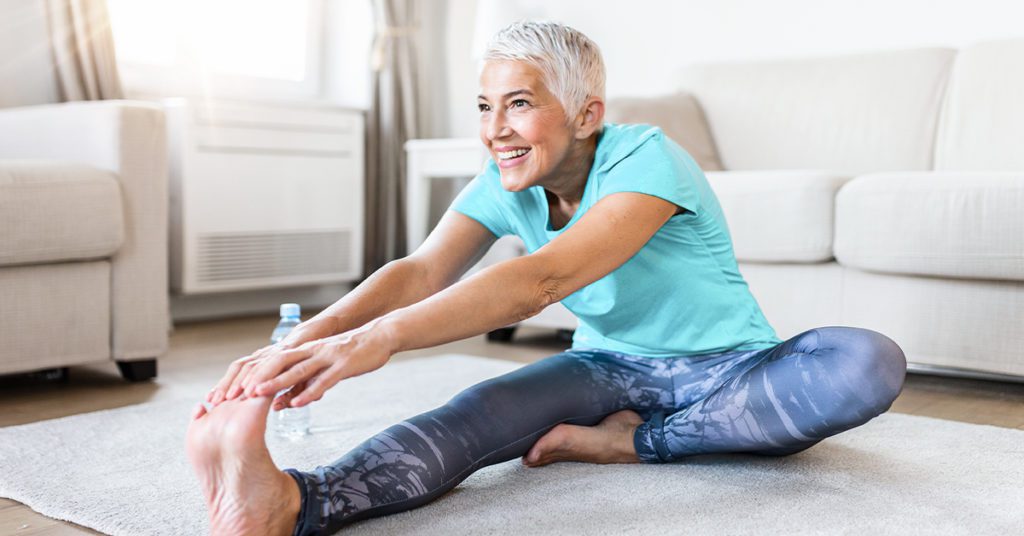Low Bone Density in Women
Under a microscope, healthy bone has tiny holes scattered throughout its surface, similar to a honeycomb. In bones affected by osteoporosis—a degenerative bone disease characterized by bone loss and weak, brittle bones—those holes increase in size, which affects your bone density, or mass of your bones. When your bone density is lower, you are at increased risk of breaking a bone, also known as a fracture.
Women are at a significantly higher risk for developing osteoporosis, with experts estimating that women make up approximately 80% of Americans affected by the condition. After age 50, women have about a 50% chance of breaking a bone because of osteoporosis.
What’s more, you don’t have to do a strenuous or risky activity to break a bone once you’ve developed osteoporosis. Simple falls, bending over or even coughing, can lead to a minor fracture if bone health is compromised. However, fractures to major structures, such as the hips or spine, can be debilitating.
Getting the right information
The only way to confirm that you have osteoporosis is with the imaging study dual-energy X-ray absorptiometry, or DEXA scan. This enhanced type of X-ray offered at Touchstone Medical Imaging provides precise and reliable results that help your doctor evaluate bone health and diagnose low bone density so you can begin treatment and prevent additional bone loss.
Doctors most commonly recommend the DEXA scan to adults ages 65 and older, when osteoporosis is most prevalent, but your doctor may suggest the test if you have symptoms that indicate bone loss is present, such as a fracture that occurred after mild trauma, loss of one inch of height or unexplained back pain. He or she may also recommend a DEXA scan if you have health conditions such as Type 1 diabetes or a thyroid or parathyroid condition, or if you take medications that may cause bone loss.
Take steps to improve your bone density
Several risk factors, many of which you cannot control, increase your likelihood of osteoporosis. These include:
- Advanced age
- Being female
- Early menopause
- Family history of broken bones or osteoporosis
- Petite body frame
However, there are risk factors that you can control, including:
- Lack of calcium and vitamin D
- Physical inactivity
- Smoking
No matter the results your DEXA scan reveals, you can take steps to modify those risk factors under your control. To increase your bone density, your doctor may recommend starting with healthy lifestyle changes. The American Academy of Orthopaedic Surgeons offers these tips:
- Choose nutrient-rich foods. Look for foods high in protein as well as vitamins and minerals, such as calcium, magnesium, phosphorous, vitamin D and zinc. Low-fat dairy products, leafy greens and soy products are good choices.
- If you smoke, quit. Talk to your doctor about smoking cessation programs and ask your loved ones to help hold you accountable.
- Revamp your exercise routine. If you do not exercise already, commit to a program that gets you moving every day. If you already exercise, add weight-bearing options to your regimen. You do not need to lift heavy weights—or any weights at all. A variety of activities, such as brisk walking, climbing stairs, dancing, jogging and yoga, qualify as weight-bearing exercise.
If lifestyle changes are not enough to strengthen your bones, your doctor can recommend medications formulated to slow bone loss and enhance bone strength. Certain types of medication can also help your body generate new bone tissue and restore bone that has been lost.
Touchstone Medical Imaging has multiple convenient locations in Arkansas, Colorado, Florida, Montana, Nebraska, Oklahoma and Texas. Learn more about DEXA bone density services at Touchstone Medical Imaging.

